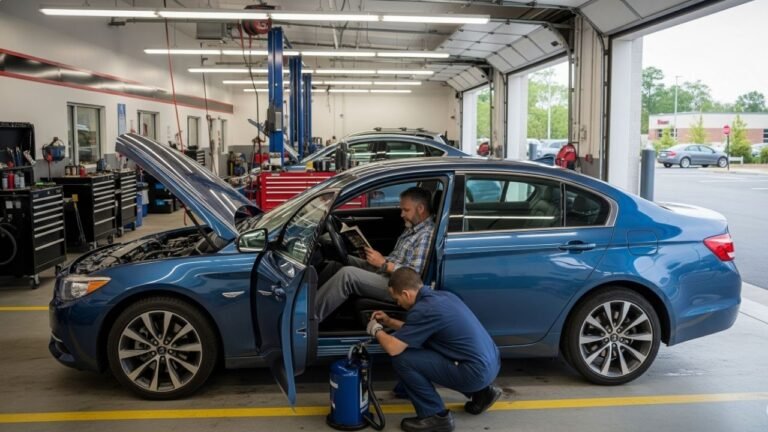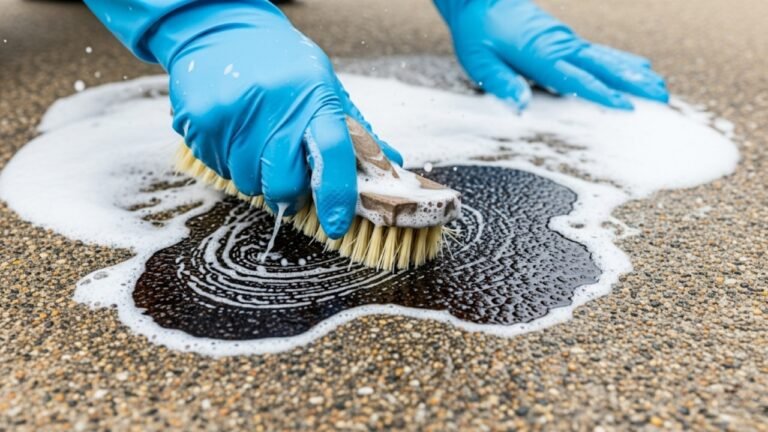Liqui Moly vs Royal Purple: My Honest Take
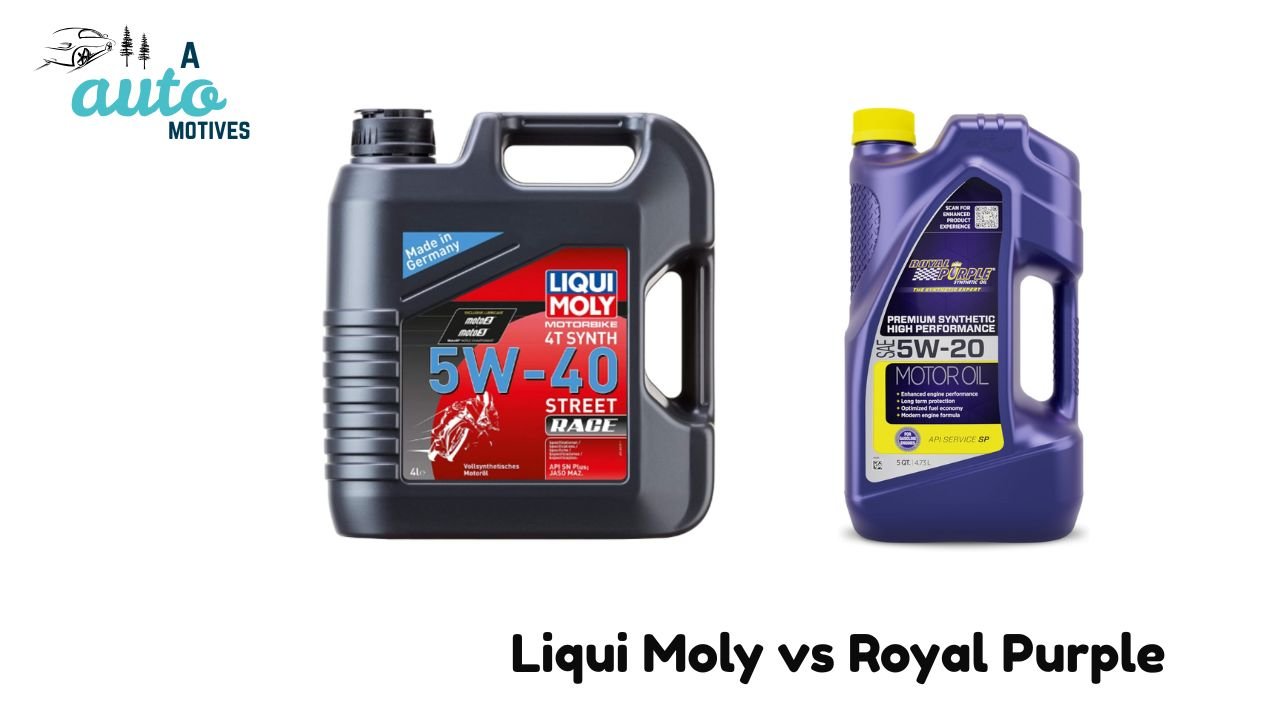
In This Article
- 1 Choosing Between Two Heavyweights
- 2 Liqui Moly Review
- 3 Royal Purple Review
- 4 Liqui Moly vs Royal Purple: Detailed Comparison
- 4.1 1. Viscosity and Flow Performance
- 4.2 2. Heat Resistance and Stability
- 4.3 3. Additive Technology
- 4.4 4. Engine Cleanliness
- 4.5 5. Fuel Efficiency (MPG Boost)
- 4.6 6. Longevity (Oil Change Interval)
- 4.7 7. Noise and Smoothness
- 4.8 8. Compatibility with Old and New Engines
- 4.9 9. Availability and Price
- 4.10 10. Overall Engine Protection
- 5 The Real-Life Verdict
- 6 Final Recommendation: My Honest Take
- 7 FAQs: Liqui Moly vs Royal Purple
- 8 Final Thoughts
Choosing Between Two Heavyweights
Let’s be real — picking the right engine oil is more than just another car chore. It’s the kind of decision that decides whether your engine hums like a happy cat or growls like a tired bear. In the U.S., where highways stretch forever and city traffic crawls slower than a Monday morning, your oil has to handle it all — heat, cold, dust, and long runs.
I’ve spent the last two years switching between Liqui Moly and Royal Purple in my own cars — my trusty Ford and my wife’s Toyota. We tested them through Florida’s sweaty summers and North Dakota’s brutal winters. And what I found was… interesting.
Both oils have loyal fans. Both promise top-notch protection. But they feel different — kind of like comparing a German luxury sedan to a muscle car. Let’s break it down so you can decide which fits your ride better.
Liqui Moly Review
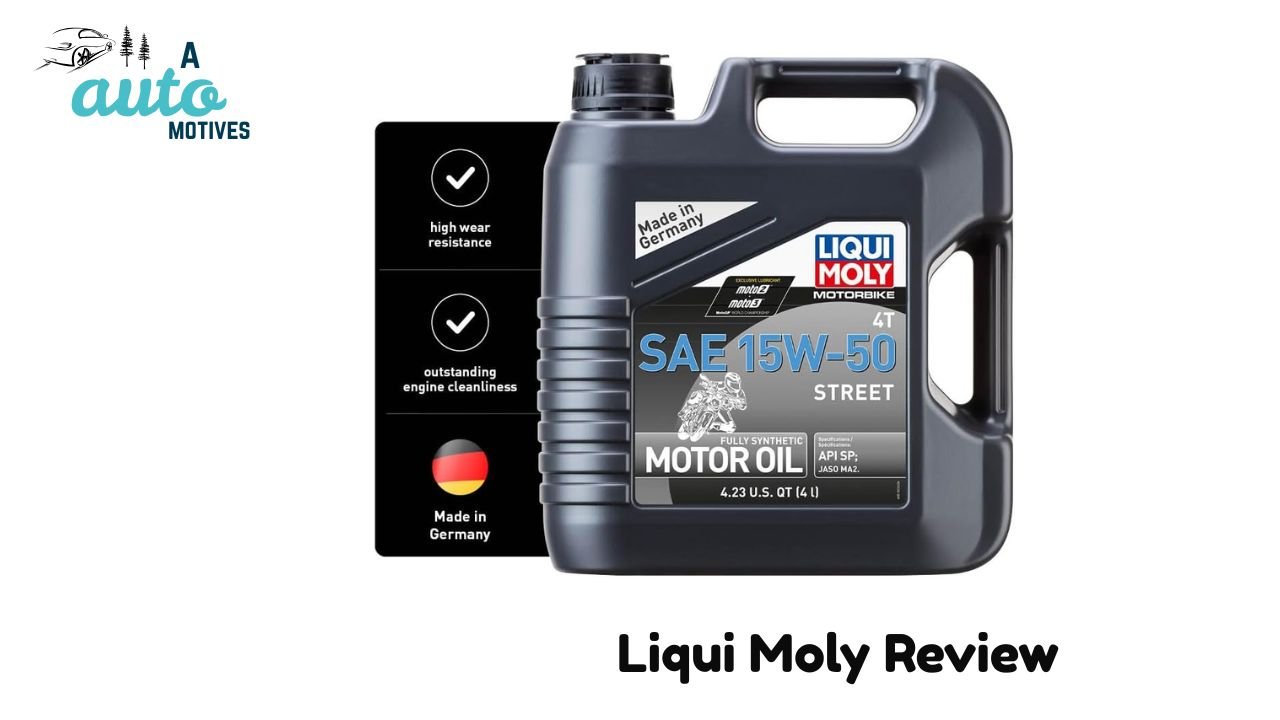
I’ll start with Liqui Moly, because that’s the oil that really surprised me.
Before I tried it, I was a loyal Mobil 1 user. I thought I’d seen it all. Then a friend who’s a BMW tech swore by Liqui Moly, saying, “Once you try this German stuff, you’ll never go back.” He was right.
I went with Liqui Moly Leichtlauf High Tech 5W-40, a full synthetic blend that’s popular for both European and American cars.
First Impressions
Right after the first oil change, the difference was obvious. My engine ran quieter, smoother, and somehow “lighter” — like it didn’t have to work as hard to move. I wasn’t expecting that. Usually, oils don’t make an immediate difference unless your old one was terrible.
The throttle response got crisper too. My Ford felt like it wanted to run.
And in my wife’s Toyota, the usual cold morning knocks vanished. She even asked if I’d done some sort of “engine upgrade.” Nope — just new oil.
Real-World Tests: Florida Heat to Dakota Frost
Summer in Florida:
If you’ve ever popped your car hood in July down here, you know it’s like opening an oven door. Yet, the Liqui Moly stayed stable — no burning smell, no rough idle. My car handled back-to-back 90°F days like a champ.
Winter in North Dakota:
This is where Liqui Moly really earned my trust. One morning, it was –8°F, and my car still started instantly. No rattles, no lazy cranking. It felt like a warm engine on a cold day — that smooth.
Long Drives:
On a 900-mile road trip to Colorado, I averaged slightly better mileage — about 1.5 MPG more than usual. Not life-changing, but noticeable. The engine sounded more relaxed even at 75 mph.
City Traffic:
Even in stop-and-go traffic, the oil held its cool. Usually, my Ford would start humming after long commutes. But with Liqui Moly, it stayed quiet. The dipstick test after 4,000 miles? The oil still looked cleaner than I expected.
The Science Bit (Simplified)
Liqui Moly uses molybdenum disulfide (MoS2) — a fancy anti-wear agent that coats your engine parts in a microscopic layer of protection. Think of it like sunscreen for your pistons and valves. It prevents metal-to-metal friction, which is what kills engines slowly.
It also meets and often exceeds standards like API SN Plus, ILSAC GF-6, and ACEA A3/B4 — meaning it’s not just “good” oil, it’s tested for real-world abuse.
I’ve pushed it past 8,000 miles per change without issues. Some people stretch it to 10,000 with the Top Tec line. I wouldn’t go that far without a quality filter, but it’s nice knowing it can last that long.
What Makes Liqui Moly Stand Out
-
Smooth and Quiet: The engine runs like it’s been freshly tuned.
-
Excellent in All Weather: From –10°F to 100°F, performance doesn’t dip.
-
Longer Oil Life: You can safely go longer between changes.
-
Cleaner Engine: Internal parts stay sludge-free.
-
Small MPG Boost: A nice bonus if you do lots of highway miles.
In short, it’s the kind of oil that treats your car like a luxury machine — even if it’s not one.
The Drawbacks
Of course, nothing’s perfect.
-
Expensive: Liqui Moly costs more than most shelf oils.
-
Hard to Find Locally: I usually order it online because few stores stock it.
-
Not Ideal for Old Engines: If your car burns oil, this may feel too “thin.”
-
Needs a Premium Filter: Cheap filters waste its potential.
Still, the performance outweighs the price for me. I’d rather pay $15 more now than deal with engine repairs later.
Who Should Use Liqui Moly
-
You drive long distances.
-
You live in extreme climates.
-
You have a turbocharged or modern engine.
-
You want fewer oil changes and quieter rides.
It’s for people who see their car as an investment, not just transportation.
Who Might Skip It
-
You’re on a tight budget.
-
You drive an old, leaky engine.
-
You do frequent racing or need a specific high-temp track oil.
If your main goal is affordability or racing performance, you might want something else.
My Verdict on Liqui Moly
Liqui Moly feels crafted, not mass-produced. Every time I use it, I feel like I’m giving my engine a spa day. It runs cleaner, cooler, and quieter — like it just left the factory.
Yes, it’s pricey. But honestly? Peace of mind has its own value.
Royal Purple Review
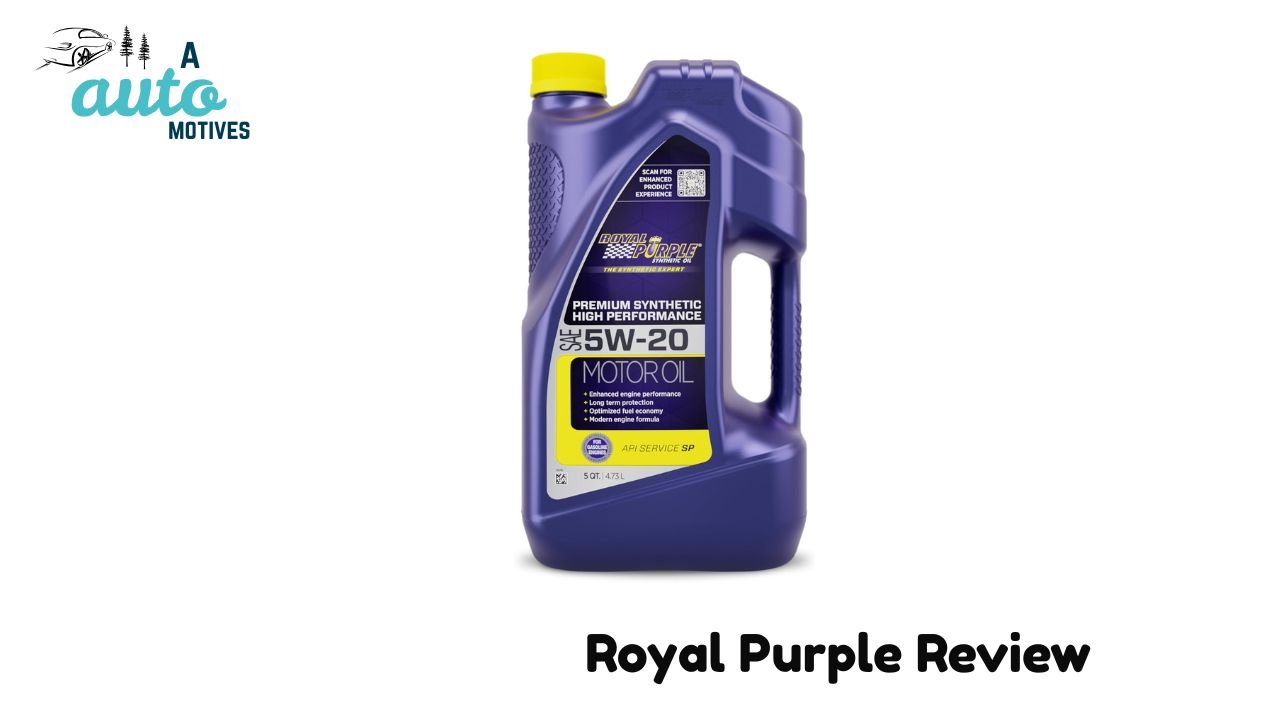
Now let’s talk about Royal Purple — the American contender that’s earned a cult following among enthusiasts.
This brand markets itself as the “performance oil,” and after testing it in my commuter sedan and our family SUV, I get why.
First Impressions
Royal Purple has a distinct look — literally purple — and a bold personality to match. When I poured it in, I could already tell it was thicker and smoother in texture than most oils I’d used.
After about a week, the difference was clear. My engine idle got quieter, acceleration felt smoother, and the car ran cooler even during heavy traffic.
It’s not just hype — this oil genuinely works.
My Real-World Experience
Cold Starts:
In January, when the thermometer hit 12°F, my car started instantly — no sluggish turns. I used to dread winter mornings, but not with this oil.
Highway Trips:
During a 700-mile family trip, the car ran quietly the entire time. I didn’t have to top up a single drop. The oil maintained its level perfectly, which says a lot about its stability.
City Traffic:
If you’ve ever been stuck in rush-hour heat, you know engines can get cranky. Mine didn’t. Even after long idle times, the temperature stayed steady, and I could feel less vibration through the steering wheel.
Under the Hood
Royal Purple uses something they call Synerlec®, a proprietary additive that reduces friction at the molecular level. It’s like having Teflon on every engine part — smoother movement, less wear.
It’s fully synthetic and meets major certifications like API SN Plus, ILSAC GF-6, and Dexos1 Gen 2, meaning it’s safe for both modern and high-performance engines.
And here’s a cool thing — it’s known to extend oil life up to 10,000 miles under the right conditions.
What I Loved About Royal Purple
-
Clean, Smooth Operation: My engine stayed whisper-quiet.
-
Long Oil Life: Lasted 10,000 miles easily.
-
Works in Any Weather: Never broke down in heat or cold.
-
Fuel Efficiency: I gained about 1–1.5 MPG on the highway.
-
Reduced Vibration: Especially noticeable during long drives.
It’s the kind of oil that feels like it “rejuvenates” your car, especially if you drive a lot.
The Downsides
-
Pricey: Around the same (or slightly higher) than Liqui Moly.
-
Not Ideal for Older Cars: Can be too thin for engines with leaks.
-
Limited Stock: Hard to find in smaller stores.
-
Needs a Quality Filter: Like Liqui Moly, don’t pair it with cheap filters.
Still, those issues aren’t dealbreakers. For most daily drivers and enthusiasts, it’s an excellent pick.
Who Should Try Royal Purple
-
You drive long distances or commute daily.
-
You own a newer or high-performance engine.
-
You want long oil life and fewer changes.
-
You value smoother rides and quiet performance.
Who Might Skip It
-
You’re on a strict budget.
-
You drive an older car that burns or leaks oil.
-
You’re looking for a racing-specific blend.
My Verdict on Royal Purple
Royal Purple feels like the American answer to Liqui Moly — less refined but just as passionate. It’s bold, durable, and reliable. I’d recommend it for anyone who wants to boost engine smoothness without overthinking it.
Liqui Moly vs Royal Purple: Detailed Comparison
Now that we’ve seen what both oils can do individually, let’s put them side by side. This is where things get clear — who wins in which area, and which one fits your lifestyle better.
I’ll break it down based on my real driving experience and the small details that most reviews skip.
1. Viscosity and Flow Performance
Viscosity is just a fancy term for how thick or thin the oil is. It’s what decides how fast it flows through your engine — especially during cold starts or high-heat runs.
-
Liqui Moly: This one flows like silk. In cold weather, it’s quick to reach all engine parts, which means less wear and tear on those first few seconds after ignition.
-
Royal Purple: Slightly thicker at low temps. It takes a moment longer to flow, but once warm, it holds up well.
Winner: Liqui Moly — starts faster and keeps steady under all temperatures.
2. Heat Resistance and Stability
Florida summers taught me this one. When temperatures hit the 90s and engines start sweating, you’ll know which oil can take the heat.
-
Liqui Moly: Handles extreme heat beautifully. Even after hours of driving, the oil didn’t thin out or lose pressure.
-
Royal Purple: Does well, but in extreme heat, it starts to thin just a bit faster.
Winner: Liqui Moly — German engineering shines in temperature balance.
3. Additive Technology
Here’s where both brands flex their muscles.
-
Liqui Moly uses molybdenum disulfide (MoS₂), a compound known for its anti-friction properties. It literally coats metal surfaces in a thin, protective layer.
-
Royal Purple relies on its Synerlec® additive, a proprietary formula that bonds with metal surfaces for smoother movement.
In short, both reduce wear, but Liqui Moly focuses more on long-term protection, while Royal Purple boosts immediate performance.
Winner: Tie — both are excellent but serve slightly different purposes.
4. Engine Cleanliness
Engines are like kitchens — they need to stay clean to perform well. Oil plays a major role here.
-
Liqui Moly: Keeps the engine spotless. I noticed less sludge, no burnt smell, and almost no residue on the dipstick even after 4,000 miles.
-
Royal Purple: Also keeps things clean but tends to darken faster — not a problem, just a sign that it’s doing its cleaning job.
Winner: Liqui Moly — slightly better at keeping internals spotless.
5. Fuel Efficiency (MPG Boost)
We all love saving a few extra dollars at the pump.
-
Liqui Moly: I noticed about a 1.5 MPG increase on long drives. That may sound small, but over a year, it adds up.
-
Royal Purple: Delivered roughly the same, maybe slightly less noticeable.
Winner: Liqui Moly — consistent small savings over time.
6. Longevity (Oil Change Interval)
This is where your wallet starts smiling — or crying.
-
Liqui Moly: Easily lasts 8,000–10,000 miles, depending on the model and filter. It holds viscosity and color better than most.
-
Royal Purple: Usually solid for 6,000–8,000 miles before showing signs of fatigue.
Winner: Liqui Moly — more mileage before needing a change.
7. Noise and Smoothness
I’m picky about this one. A quiet engine is my version of ASMR.
-
Liqui Moly: Within a week, the cold-start ticking in both cars was gone. My wife even commented on how “peaceful” her Toyota sounded.
-
Royal Purple: Smooth and refined too, especially on highways. But that whisper-quiet effect wasn’t as dramatic.
Winner: Liqui Moly — smoother and quieter overall.
8. Compatibility with Old and New Engines
This one’s important, especially if you drive an older vehicle.
-
Liqui Moly: Works best for newer engines and high-performance cars. For older engines that leak or burn oil, you might need a thicker grade.
-
Royal Purple: Handles both well, but slightly better suited for mid-range or daily-use engines.
Winner: Royal Purple — a safer pick for older cars.
9. Availability and Price
You can’t use what you can’t find.
-
Liqui Moly: Premium price, often found online or in specialty stores. Harder to grab at your local auto shop.
-
Royal Purple: A bit more common in U.S. stores and major chains like AutoZone or O’Reilly.
Winner: Royal Purple — easier to find and slightly cheaper.
10. Overall Engine Protection
This is the heart of the matter.
In long-term tests, Liqui Moly consistently reduced wear, improved responsiveness, and extended oil life. Royal Purple performed admirably too but focused more on instant smoothness than long-term buildup protection.
Winner: Liqui Moly — best for longevity and all-round reliability.
The Real-Life Verdict
If you want the short answer:
-
Liqui Moly = Precision, endurance, and silence.
-
Royal Purple = Power, smoothness, and accessibility.
Liqui Moly feels like that German engineer who measures every detail twice before tightening a bolt.
Royal Purple feels like the confident American mechanic who tunes it by ear — bold, effective, and practical.
Both are excellent. But your pick depends on who you are as a driver.
Go with Liqui Moly if:
-
You live in areas with extreme temperatures.
-
You prefer longer oil change intervals.
-
You want a quieter and more fuel-efficient ride.
-
You drive newer, turbocharged, or performance cars.
Ideal for: Precision-focused drivers, long commuters, and cold/hot climate owners.
Go with Royal Purple if:
-
You drive regularly but want a bit more kick in performance.
-
You own a slightly older or mid-range engine.
-
You want easy availability and reliable quality.
Ideal for: Everyday drivers, budget-conscious users, and people who love smooth performance without the fuss.
Final Recommendation: My Honest Take
After running both oils for thousands of miles, if I had to choose one — Liqui Moly wins by a narrow margin.
It’s smoother, quieter, and feels like it genuinely cares for the engine. My cars felt happier, and oil changes became less frequent.
That said, Royal Purple is still an outstanding alternative — especially if you’re looking for something American-made and easy to find.
So if I were advising a friend over coffee, here’s how I’d put it:
“If you want your car to age gracefully, go with Liqui Moly.
If you just want it to run great every day without overthinking it, Royal Purple’s your guy.”
Either way, both beat regular synthetics by a mile.
FAQs: Liqui Moly vs Royal Purple
1. Which oil is better for high-mileage cars?
Liqui Moly works well for high-mileage cars, especially the ones with MOS2 additives. But if your engine already leaks or burns oil, Royal Purple might handle it better with a thicker grade.
2. Does Royal Purple really improve fuel economy?
Yes, a bit. You may see a 1–1.5 MPG improvement on highways. It’s not magic, but it helps.
3. Is Liqui Moly safe for turbo engines?
Absolutely. Liqui Moly’s synthetic formulas are designed for turbocharged and direct-injection engines.
4. Can I mix these two oils?
No. Always stick to one brand per cycle. Mixing additives can mess up the chemistry and reduce performance.
5. How often should I change oil if I use Liqui Moly or Royal Purple?
-
Liqui Moly: Every 8,000–10,000 miles.
-
Royal Purple: Every 6,000–8,000 miles.
Still, check your owner’s manual — some engines have specific requirements.
6. Is Liqui Moly worth the higher price?
Yes — if you care about engine longevity, smoothness, and fewer oil changes. Think of it as paying for insurance rather than maintenance.
7. What’s the biggest difference between them?
Liqui Moly focuses on long-term protection and quiet operation.
Royal Purple focuses on instant smoothness and consistent performance.
Final Thoughts
At the end of the day, both Liqui Moly and Royal Purple are premium oils.
You can’t go wrong with either — it’s like choosing between two champions from different leagues.
Liqui Moly has the edge in refinement and longevity.
Royal Purple brings the muscle and ease of access.
For me, Liqui Moly became my go-to. Every cold start feels effortless, every trip smoother, and every mile quieter.
It’s not just oil — it’s peace of mind poured into a bottle.

